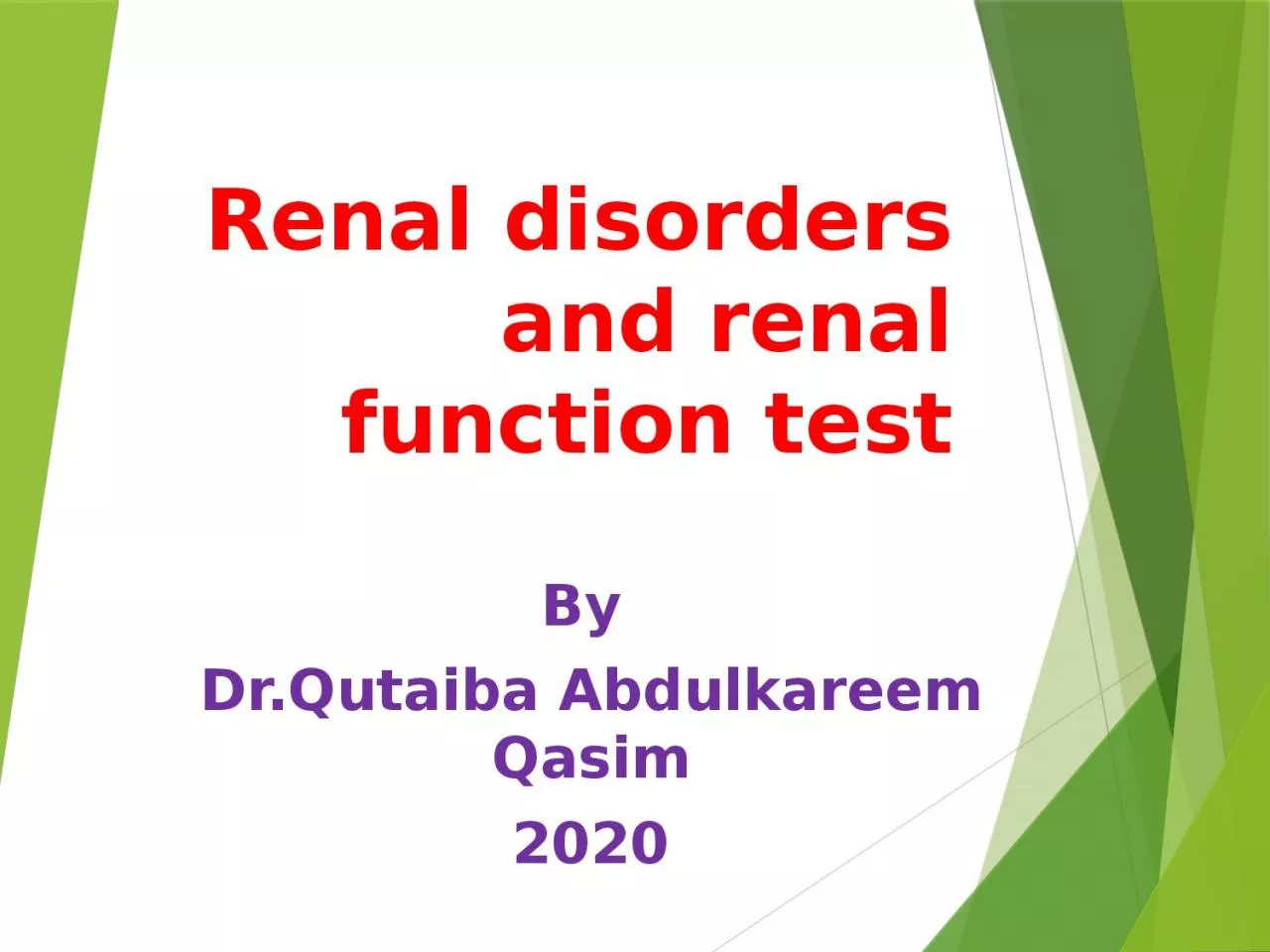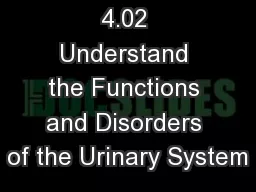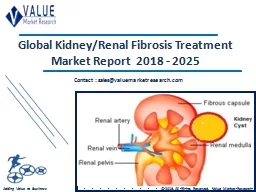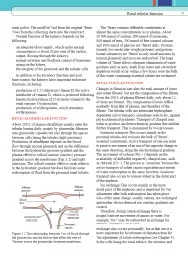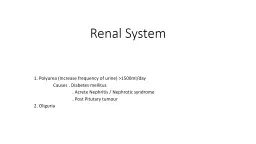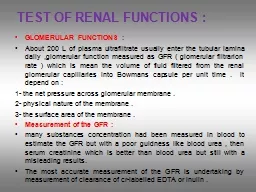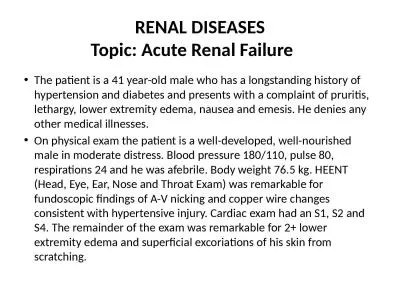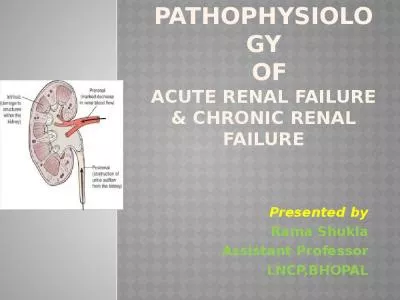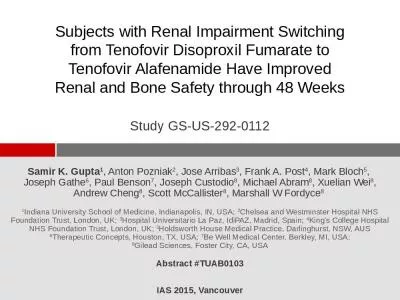PPT-Renal disorders and renal function test
Author : sylvia | Published Date : 2023-07-22
By DrQutaiba Abdulkareem Qasim 2020 Topics to be discussed 1Renal function Renal glomerular function Renal tubular function Water reabsorption urinary concentration
Presentation Embed Code
Download Presentation
Download Presentation The PPT/PDF document "Renal disorders and renal function test" is the property of its rightful owner. Permission is granted to download and print the materials on this website for personal, non-commercial use only, and to display it on your personal computer provided you do not modify the materials and that you retain all copyright notices contained in the materials. By downloading content from our website, you accept the terms of this agreement.
Renal disorders and renal function test: Transcript
Download Rules Of Document
"Renal disorders and renal function test"The content belongs to its owner. You may download and print it for personal use, without modification, and keep all copyright notices. By downloading, you agree to these terms.
Related Documents

